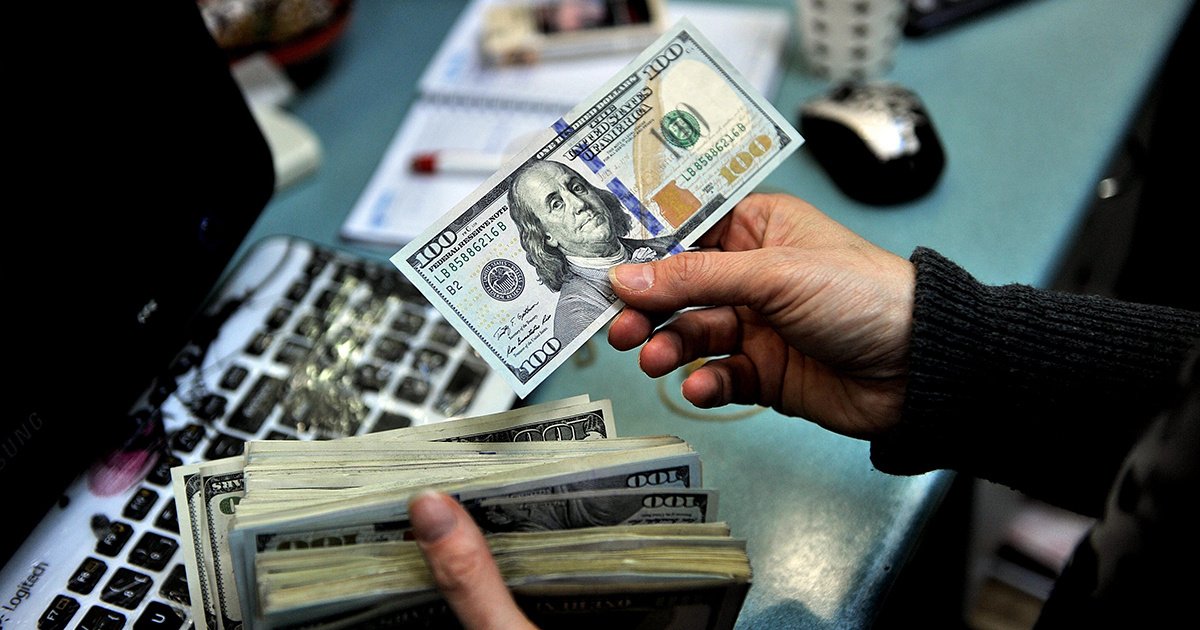The reasons for the USD dollar’s rise
The dollar index, which compares the dollar to its counterparts, experienced its highest increase since March 2020.

The dollar index experienced its highest increase since March 2020.
>> No sign of a let-up in US dollar strength
To many, the reasons for the dollar’s rise are pretty straightforward; the Fed is tightening policy aggressively and most others are far behind. In fact, the furthest behind – Japan – has seen so much currency weakness that it has been forced to intervene. However, Mr. Steve Barrow, Head of Standard Bank G10 Strategy thinks the story is a lot more complicated than this.
Why is this? Well, on rate spreads we need only point out that the Fed lifted rates 225-bps without any reply from other major central banks between late 2015 and late 2018 and yet the dollar did not budge. Why should the dollar rally now when all other major central banks (bar the BoJ) are hiking too? It is not as if the answer can be found in yield spreads. The 10-year US-German yield spread, for instance, is close to 170-bps today; the same as when the Fed started to hike rates in March.
We might argue, instead, that the dollar’s rise is led by short-term speculative flows that might not trade on rate differentials over the medium-term but do show a preference to hold dollars in a tightening cycle. But even here the evidence is scant.
CFTC data on the positioning of non-commercial traders shows that speculators are short of the dollar against major currencies, but not to the same degree as we saw back in 2019 or 2015. In other words, we don’t see the dollar’s rise as just some sort of speculative froth.
To help us further explain the dollar’s rise we’d reference a BIS report that sought to explain the dollar’s rise in 2008. It noted a number of possibilities such as safe haven demand, carry-trade unwinding, a dollar shortage and an overhedging of dollar borrowing. The last of these makes most sense to us in today’s setting. Looking at the others first. Safe-haven demand is most often detected by foreign inflows into US T-bills – as we saw in 2008. Fast forward to today and, besides a sharp spike in Q2 2020 when Covid hit, inflows have been modest. The fact that the Fed was easing in 2008 and is tightening now may be a factor because T-bill prices have come down sharply.
Could dollar strength be explained by carry trade unwinding? It seems possible as risk assets have softened, but this does not explain why yen has weakened so much given that it is seen as a significant funding currency as well? Mr. Steve Barrow said the third argument points to a so-called “dollar shortage” back in 2008. That certainly seemed to be the case, but it is not today. The dollar shortage problem led the Fed and other central banks to set up, or step-up, swaps (and repos in the Fed’s case) to supply dollar liquidity in times of tension.
“A sure way to tell that this has helped ease dollar shortage fears today is to look at basis spreads (the cost of borrowing dollars through the FX market compared to the money market). Dollar shortages cause these spreads to blow out, but that’s not happening now”, said Mr. Steve Barrow.
>> Could the USD's early 1980s rise happen again?
The last possibility, of overhedging, resonates with us a lot more. The BIS paper points out that both banks and non-bank financial institutions tend to fund investments through borrowing dollars that are hedged through fx derivatives, such as FX swaps. Over time these get rolled forwards if investors want to retain their original investments. But now that the value of investments, whether in bonds or stocks, have gone down so much, these dollar swaps are essentially too large for the original investment and banks/non-financials have to reduce the hedges through buying dollars in the spot market, or some other way.
“If we look at derivatives activity, especially of non-bank investors, we see that it has continued to increase although investments have come down sharply in value. This could be creating a large overhedging gap. What conclusions can we draw about this for the future. The first is that FX intervention probably won’t work because speculators are not driving dollar strength. The second is that an end to rate hikes in the US will only weaken the dollar if it stops the rot in global asset prices”, said Mr. Steve Barrow.








